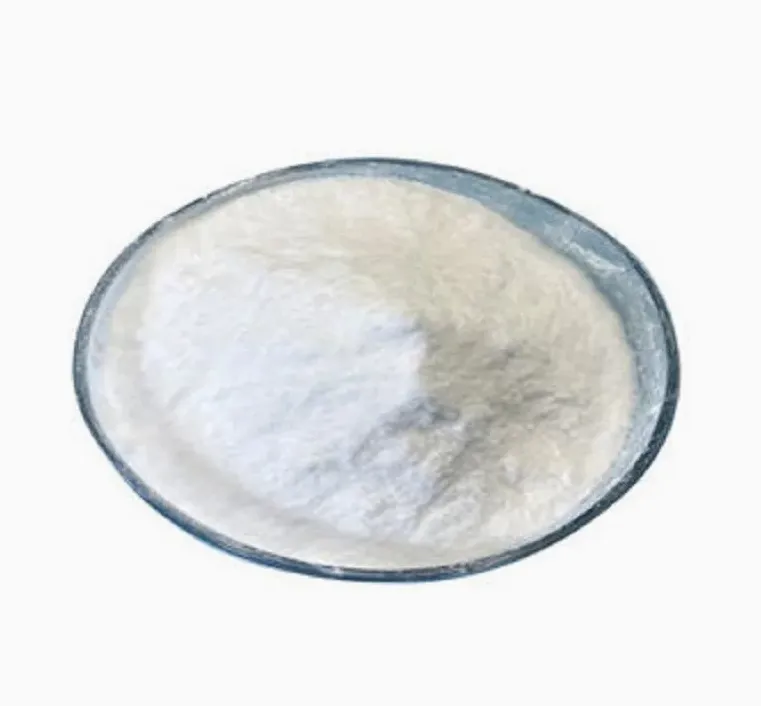Warning: Undefined array key "title" in /home/www/wwwroot/HTML/www.exportstart.com/wp-content/themes/1198/header.php on line 6
Warning: Undefined array key "file" in /home/www/wwwroot/HTML/www.exportstart.com/wp-content/themes/1198/header.php on line 7
Warning: Undefined array key "title" in /home/www/wwwroot/HTML/www.exportstart.com/wp-content/themes/1198/header.php on line 7
Warning: Undefined array key "title" in /home/www/wwwroot/HTML/www.exportstart.com/wp-content/themes/1198/header.php on line 7
- Afrikaans
- Albanian
- Amharic
- Arabic
- Armenian
- Azerbaijani
- Basque
- Belarusian
- Bengali
- Bosnian
- Bulgarian
- Catalan
- Cebuano
- China
- China (Taiwan)
- Corsican
- Croatian
- Czech
- Danish
- Dutch
- English
- Esperanto
- Estonian
- Finnish
- French
- Frisian
- Galician
- Georgian
- German
- Greek
- Gujarati
- Haitian Creole
- hausa
- hawaiian
- Hebrew
- Hindi
- Miao
- Hungarian
- Icelandic
- igbo
- Indonesian
- irish
- Italian
- Japanese
- Javanese
- Kannada
- kazakh
- Khmer
- Rwandese
- Korean
- Kurdish
- Kyrgyz
- Lao
- Latin
- Latvian
- Lithuanian
- Luxembourgish
- Macedonian
- Malgashi
- Malay
- Malayalam
- Maltese
- Maori
- Marathi
- Mongolian
- Myanmar
- Nepali
- Norwegian
- Norwegian
- Occitan
- Pashto
- Persian
- Polish
- Portuguese
- Punjabi
- Romanian
- Russian
- Samoan
- Scottish Gaelic
- Serbian
- Sesotho
- Shona
- Sindhi
- Sinhala
- Slovak
- Slovenian
- Somali
- Spanish
- Sundanese
- Swahili
- Swedish
- Tagalog
- Tajik
- Tamil
- Tatar
- Telugu
- Thai
- Turkish
- Turkmen
- Ukrainian
- Urdu
- Uighur
- Uzbek
- Vietnamese
- Welsh
- Bantu
- Yiddish
- Yoruba
- Zulu
Jan . 02, 2025 09:11 Back to list
sustainable future of adipic acid: bio-based solutions and
The Sustainable Future of Adipic Acid Bio-Based Solutions
Adipic acid is a key chemical compound primarily used in the production of nylon and other polymers, accounting for nearly 70% of its global demand. Traditionally derived from petrochemical sources, the production of adipic acid has significant environmental ramifications, including high greenhouse gas emissions and a dependence on non-renewable resources. As sustainability takes center stage in global industry practices, the need to explore bio-based solutions for adipic acid production has become paramount.
The Environmental Impact of Conventional Production
Conventional adipic acid production involves a multi-step chemical process that typically utilizes fossil fuels. The synthesis of adipic acid emits nitrous oxide, a potent greenhouse gas, resulting in considerable environmental strain. As countries enforce stricter regulations on emissions and push towards carbon neutrality, industries are inevitably compelled to seek alternative production methods that align with sustainability goals.
Bio-Based Alternatives A Path Forward
Bio-based adipic acid production presents a viable alternative that leverages renewable resources, primarily biomass. Researchers and companies are investigating various feedstocks, including glucose, lignocellulosic biomass, and even waste streams to produce adipic acid. Here are some of the most promising approaches
1. Fermentation Technology One of the most attractive methods is the microbial fermentation of sugars to produce bio-adipic acid. Microorganisms, such as certain strains of bacteria and yeast, can be genetically engineered to convert sugar substrates directly into adipic acid, thus significantly reducing environmental impact. The process is more energy-efficient than conventional methods and contributes to lower greenhouse gas emissions.
2. Enzymatic Synthesis Enzymatic pathways can also be harnessed to synthesize adipic acid from renewable substrates. This biocatalytic approach minimizes side reactions associated with chemical processes, leading to higher yields and less waste.
3. Integrated Biorefinery Concepts The integration of adipic acid production within biorefineries can create a circular economy model. By utilizing waste materials from other industries, such as food or agricultural waste, the production of adipic acid can become more sustainable. This model not only minimizes waste but also contributes to lower overall production costs.
sustainable future of adipic acid: bio-based solutions and

Challenges in Transitioning to Bio-Based Production
Despite the promising potential of bio-based adipic acid, several challenges must be addressed to facilitate a successful transition
1. Economic Viability Current bio-based production methods often require significant initial investment, and the cost of production can be higher than traditional methods. Technological advancements and economies of scale are necessary to make bio-based adipic acid competitive in the market.
2. Supply Chain Reliability Sourcing consistent and scalable amounts of biomass feedstock can be challenging. Establishing a stable supply chain that can meet the demands of adipic acid production while ensuring sustainability is crucial.
3. Regulatory Approval The pathway for the commercialization of bio-based adipic acid may involve navigating complex regulatory frameworks. Ensuring compliance with safety and environmental standards is essential for gaining market acceptance.
Conclusion A Sustainable Future
The shift towards bio-based solutions for adipic acid production embodies a broader trend in the quest for sustainability in the chemical industry. By minimizing reliance on fossil fuels and reducing greenhouse gas emissions, bio-based adipic acid could play a crucial role in achieving a sustainable future. Although challenges remain, ongoing research and technological innovations are paving the way for the development of economically viable and environmentally friendly production methods.
Adipic acid, with its integral role in the polymer industry, exemplifies the potential benefits of adopting bio-based alternatives. As consumers and industries alike heighten their demand for sustainable products, the adoption of bio-based adipic acid can not only meet that demand but also lead the charge in creating a more sustainable, circular economy. Through collaboration between industry stakeholders, researchers, and policymakers, the transition towards a sustainable future in the adipic acid market is not just a possibility; it is an imperative for the health of our planet.
Latest news
-
Certifications for Vegetarian and Xanthan Gum Vegetarian
NewsJun.17,2025
-
Sustainability Trends Reshaping the SLES N70 Market
NewsJun.17,2025
-
Propylene Glycol Use in Vaccines: Balancing Function and Perception
NewsJun.17,2025
-
Petroleum Jelly in Skincare: Balancing Benefits and Backlash
NewsJun.17,2025
-
Energy Price Volatility and Ripple Effect on Caprolactam Markets
NewsJun.17,2025
-
Spectroscopic Techniques for Adipic Acid Molecular Weight
NewsJun.17,2025

